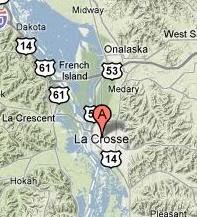

Palliative Care rooted in the community–this was the topic of a recent Kaiser Health News story which can be found at this link.
While the data on costs and advance directive completion are compelling, what strikes me as the most powerful message in this story is how one community has made a culture-shift toward end-of-life care. As we discuss national health care reform, it is a good reminder for all of us that the best innovations in patient-centered and cost-efficient care do not come from national legislation but come from grassroots (and not just ‘academic’ but community-based) efforts. Community health systems such as Gunderson Lutheran are an example of how care for populations in an entire community can be improved by the thoughtful, persistent efforts of individuals with organizational support. That this Wisconsin community achieves tremendous cost savings compared with other communities for individuals at end of life is noteworthy. That community members in this city have come to recognize discussions about end-of-life care as a norm is all the more remarkable and should be replicated.
As my colleagues and I at our own geriatric community health center (the Over 60 Health Center in Berkeley, CA) expand and care for patients facing serious illness on our grassroots palliative Bridge Service, we are reminded that while we may feel we are only practicing direct care to individual patients, we have the opportunity to expand our influence and advocacy of appropriate end-of-life and palliative discussions to our entire community.



